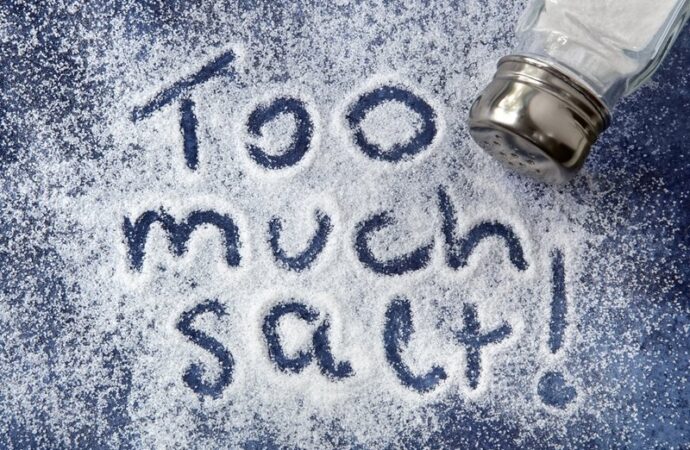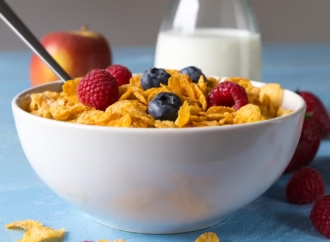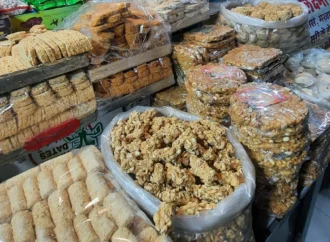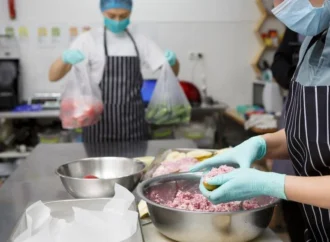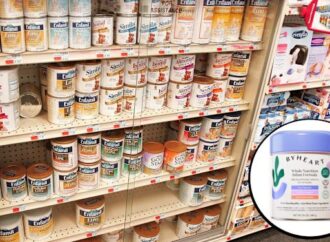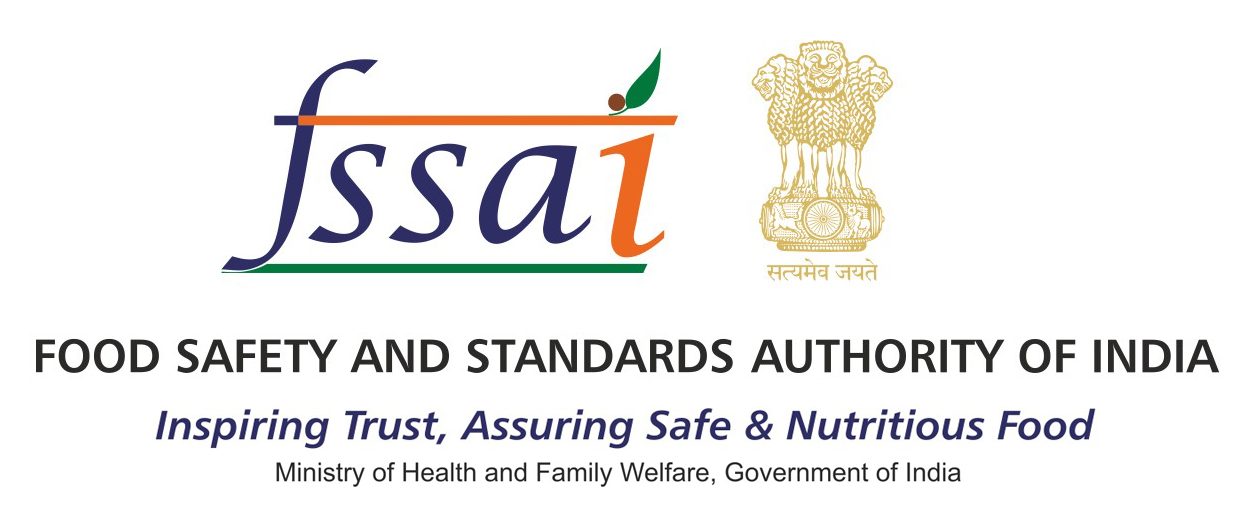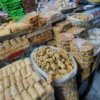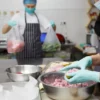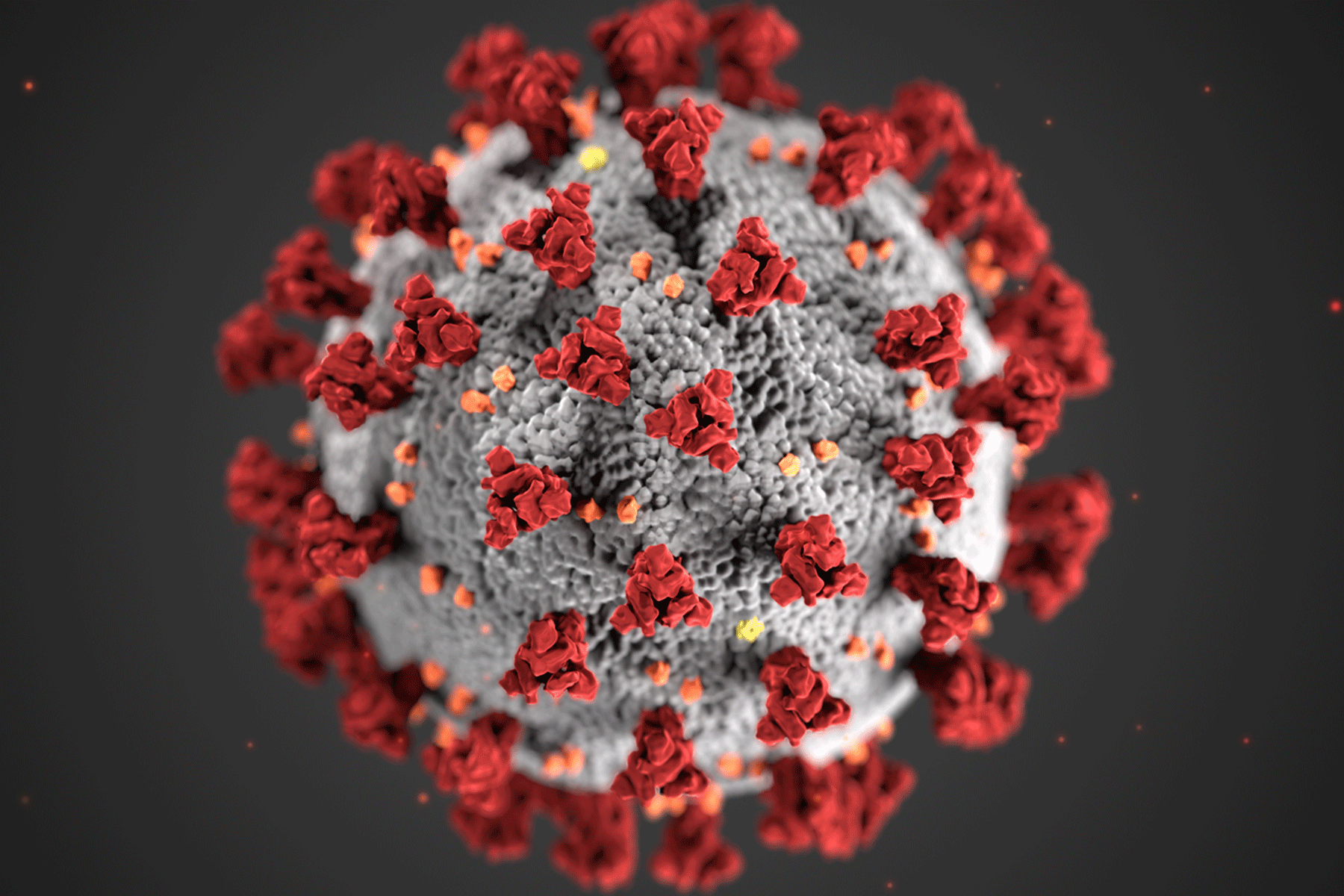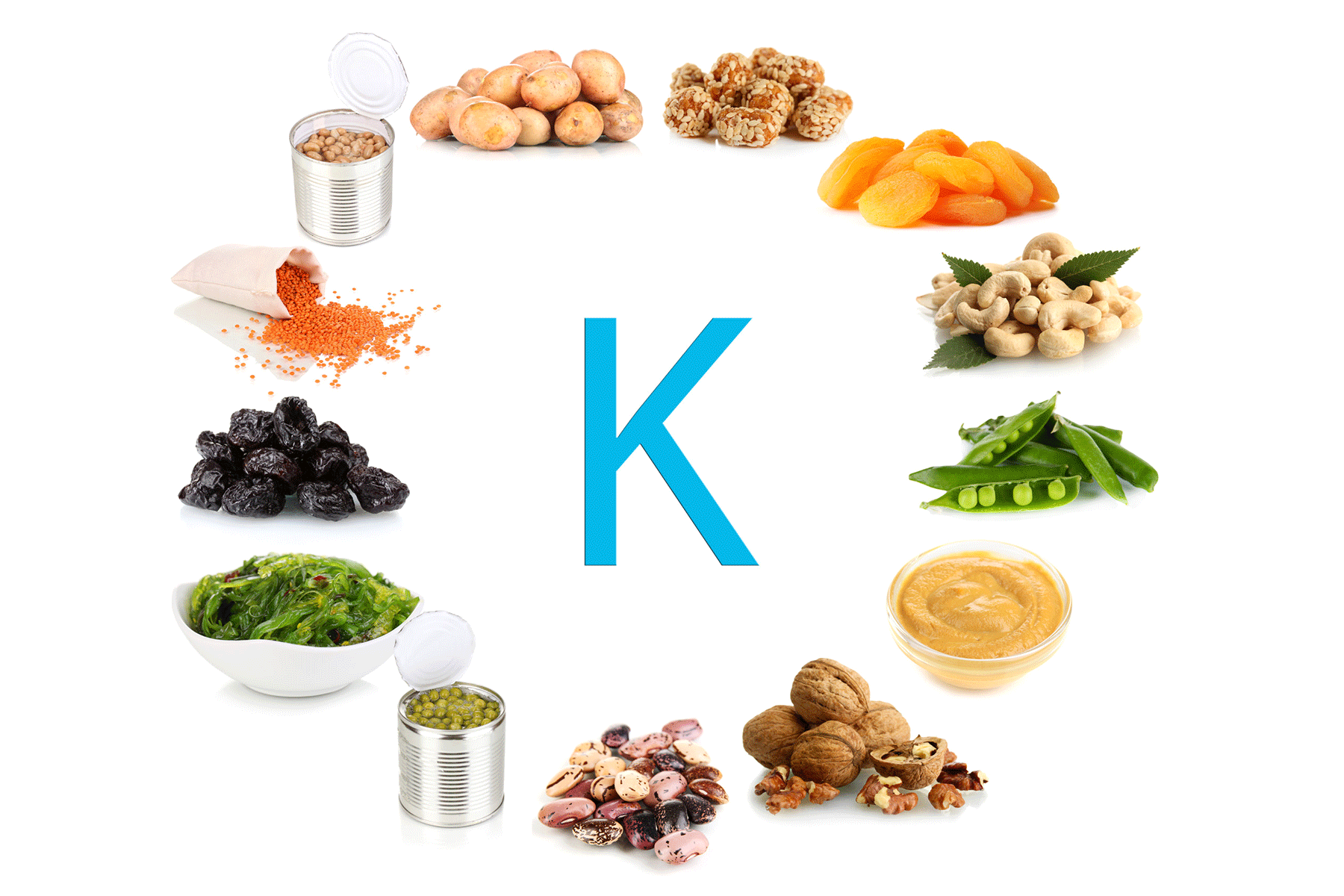Report
Excessive salt intake is fueling a silent health crisis in India, increasing the risk of hypertension, stroke, heart disease, and kidney disorders, according to scientists at ICMR’s National Institute of Epidemiology (NIE). The World Health Organisation (WHO) recommends less than 5 grams of salt per person per day. However, studies show that urban Indians consume about 9.2 grams daily, while rural areas average 5.6 grams—both well above the limit.
Scientists Promote Low-Sodium Alternatives
To tackle this, NIE scientists launched a community-led salt reduction study that focuses on promoting low-sodium salt substitutes. These substitutes replace part of sodium chloride with potassium or magnesium salts. “Reducing sodium intake lowers blood pressure and improves heart health, making low-sodium alternatives a smart choice, especially for those with hypertension,” said Dr. Sharan Murali, senior scientist at NIE and principal investigator of the study. “Just switching to low-sodium salt can lower blood pressure by an average of 7/4 mmHg—a small change with a big impact,” he added.
Three-Year Salt Reduction Project Underway
NIE has started a three-year intervention project in Punjab and Telangana with ICMR support. The project aims to evaluate how structured counselling by health workers at Health and Wellness Centres (HWCs) can reduce blood pressure and sodium intake among people with hypertension, said Dr. Ganesh Kumar, another lead scientist. “We are in the first year, focusing on baseline assessments and field preparations,” he said. “We will co-create the intervention package with community health workers, incorporating their insights to make counselling effective. This is not just health education; it’s about listening, understanding, and building together,” added Dr. Murali.
Awareness, Access, and Cost Gaps
To ground the intervention in reality, NIE surveyed 300 retail outlets in Chennai to check the availability and price of low-sodium salt (LSS). The results showed LSS was available in only 28% of outlets—52% of supermarkets, but only 4% of small grocery shops. The average price of LSS was ₹5.6 per 100g, more than twice the cost of normal iodised salt (₹2.7 per 100g). “This price gap and low availability reflect low consumer demand, which signals a lack of awareness and access,” said Dr. Murali.
Campaign to Raise Awareness
To spark a conversation on salt reduction, NIE launched the #PinchForAChange campaign on Twitter and LinkedIn through ICMR-NIE. The campaign uses infographics, facts, and simple tips to raise awareness about hidden salt sources, promote low-sodium alternatives, and encourage heart-healthy choices. “If successful, this initiative could integrate sustainable dietary counselling into public health systems, bridging the gap between knowledge and action,” said Dr. Murali. “This isn’t just about reducing salt. It’s about restoring balance in our diets, systems, and hearts. Together, one pinch at a time, we can create lasting change.”
Source: The Hindu
 Food Manifest
Food Manifest 